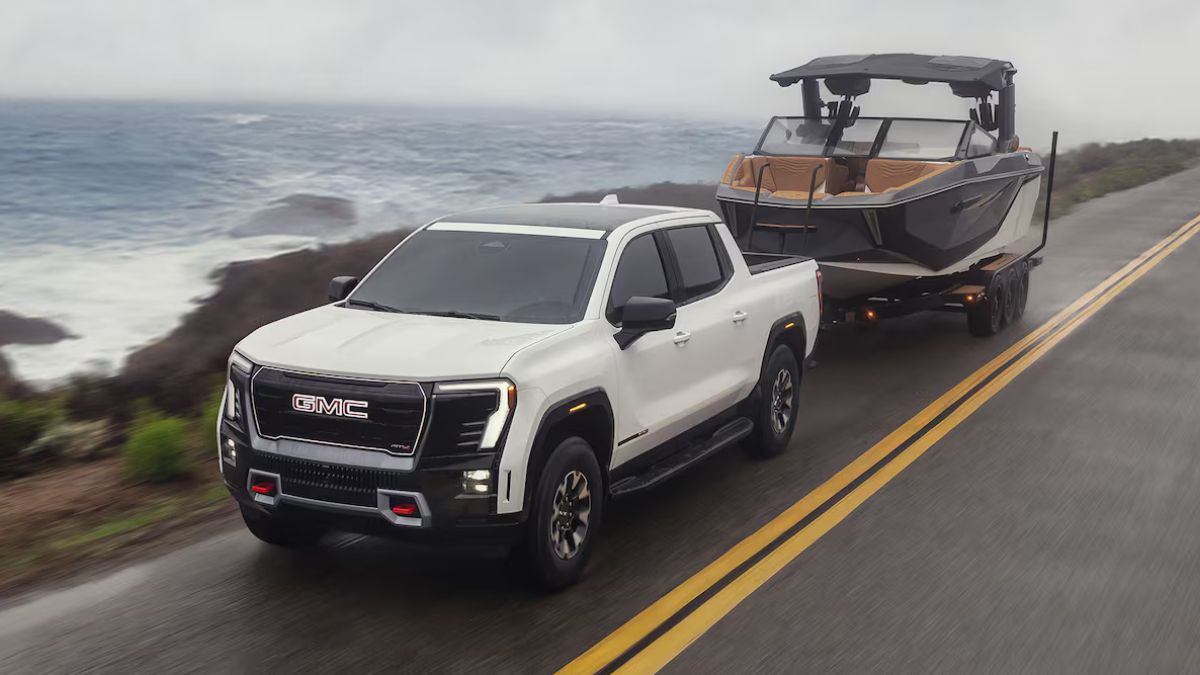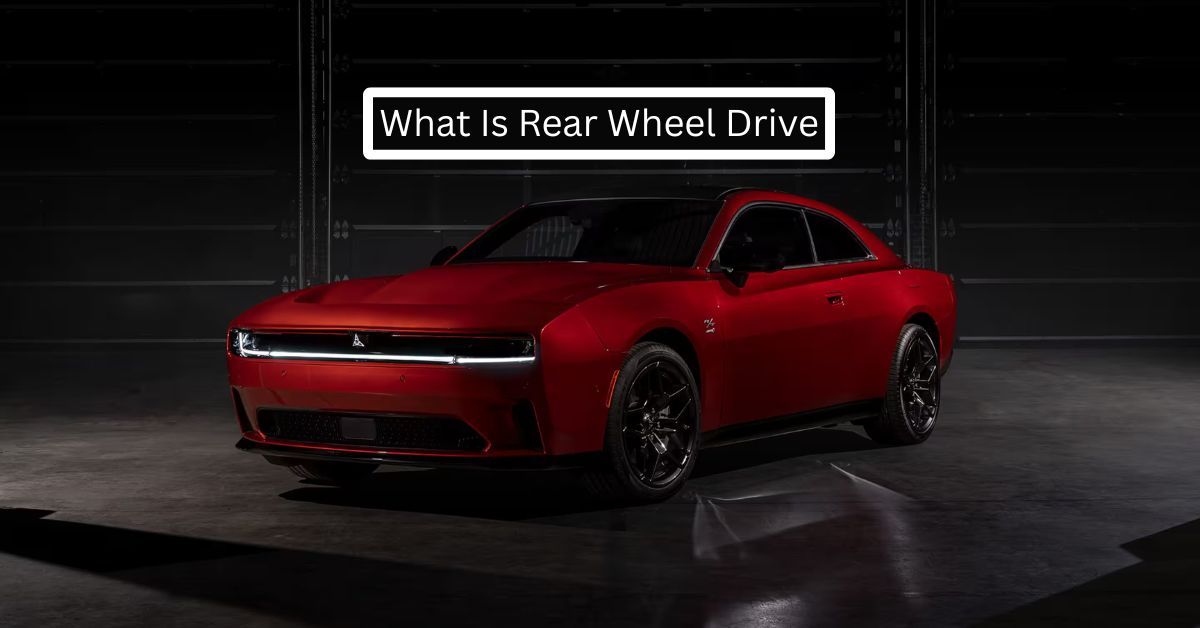Rear-Wheel Drive (RWD) means that the engine’s power goes only to the back wheels, which push the car forward. This setup has been used in cars for over 100 years and is known for giving better handling, balance, and driving feel. While most budget-friendly cars today use Front-Wheel Drive (FWD), RWD is still popular in sports cars, luxury vehicles, trucks, and other high-performance or heavy-duty vehicles.
How Rear-Wheel Drive (RWD) Works – Simple Breakdown
In a typical RWD vehicle, the engine is placed in the front, facing lengthwise (from front to back). The engine sends power to the transmission, which is either right behind it or placed near the middle in some sports cars (called a transaxle setup). From there, a long spinning rod called the driveshaft carries the power to the back of the car. At the rear, a part called the differential takes that power and sends it to each rear wheel. The differential also makes sure the rear wheels can turn at different speeds, which helps the car turn smoothly around corners.
Why Rear-Wheel Drive (RWD) Offers Better Acceleration
One big advantage of RWD is how well it handles weight when the car speeds up. As a car accelerates, the weight naturally shifts to the back. In an RWD car, this shift actually helps—because the power is going to the rear wheels, the extra weight gives them more grip on the road. This means less wheelspin and smoother, stronger acceleration, especially when starting from a stop. That’s why many sports cars, muscle cars, and powerful luxury cars use RWD—it helps them make the most of their engine’s power.
RWD Handling: Why Driving Enthusiasts Love It

RWD cars don’t just perform well—they also handle in a way that many car lovers enjoy. That’s because the front wheels do the steering while the rear wheels handle the power. This setup gives a more direct and connected feel when turning. During fast cornering, RWD cars can sometimes slide at the back (called oversteer). While this might be tricky for new drivers, skilled ones can control it by adjusting the throttle—almost like steering with the back wheels. This makes driving feel more exciting and responsive.
RWD Makes Towing and Hauling Easier

Another big benefit of RWD is that it’s great for towing and carrying heavy loads—especially in pickup trucks and work vehicles. Since the rear wheels do the driving, and that’s also where most of the weight goes when you load the back or attach a trailer, the extra weight actually helps give better grip. This means the vehicle can pull heavy loads more easily and stay stable while doing it. That’s why RWD is the go-to choice for trucks and vehicles made for tough jobs.
RWD in Bad Weather: What You Should Know

While RWD has many advantages, it can be harder to handle in slippery conditions like snow, ice, or heavy rain. That’s because the rear wheels do the driving, but there’s usually not much weight on them—so they can lose grip more easily. This can cause the wheels to spin or the back of the car to slide out. Luckily, modern safety features like traction control and electronic stability control (ESC) help a lot with this problem. Still, it’s something to keep in mind when driving an RWD car in tough weather.
The Downsides of RWD: More Parts, More Weight
RWD systems need extra parts like a driveshaft and rear differential, which make the car heavier and more complex than a front-wheel drive (FWD) setup. To fit the driveshaft, a tunnel runs through the middle of the car, which can take up space inside—especially for the person sitting in the middle of the back seat. These extra parts can also make the car more expensive to build and a bit more complicated to maintain.
Why RWD Still Matters Today

Even with a few drawbacks, Rear-Wheel Drive (RWD) remains a favorite for many drivers. People who love powerful engines, sharp handling, and an exciting driving feel often prefer RWD because it delivers all that. It’s a classic design that still plays a big role in today’s cars—especially in sports cars, luxury vehicles, and work trucks where strong performance and control really matter.

